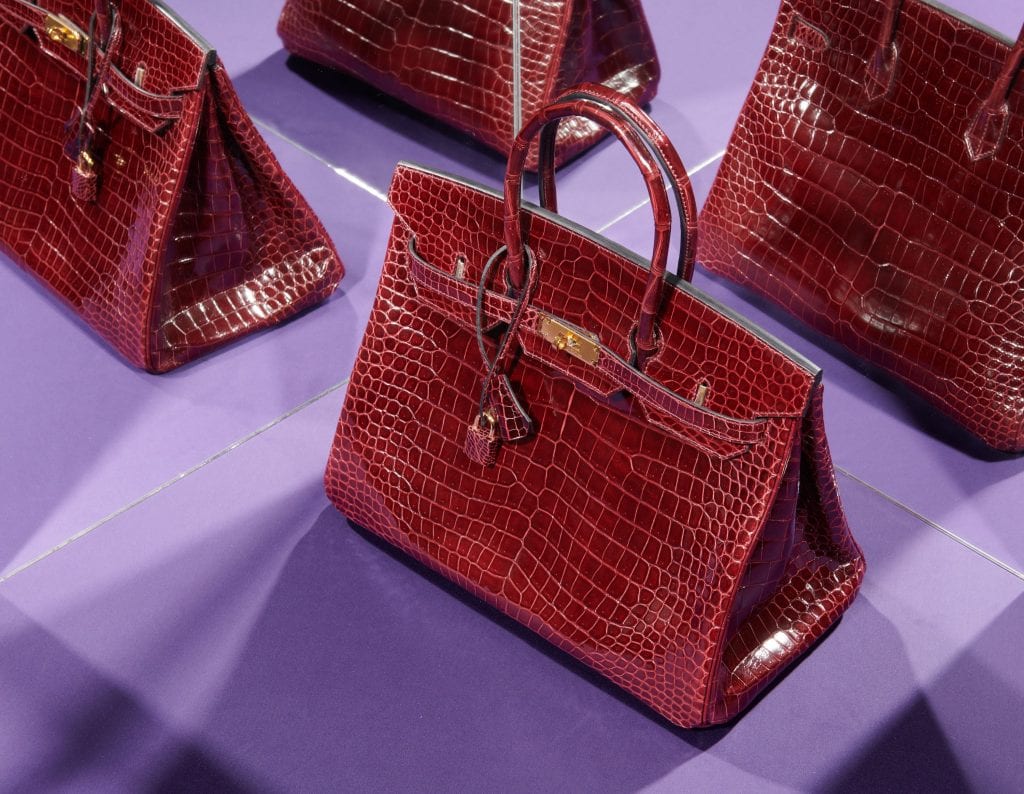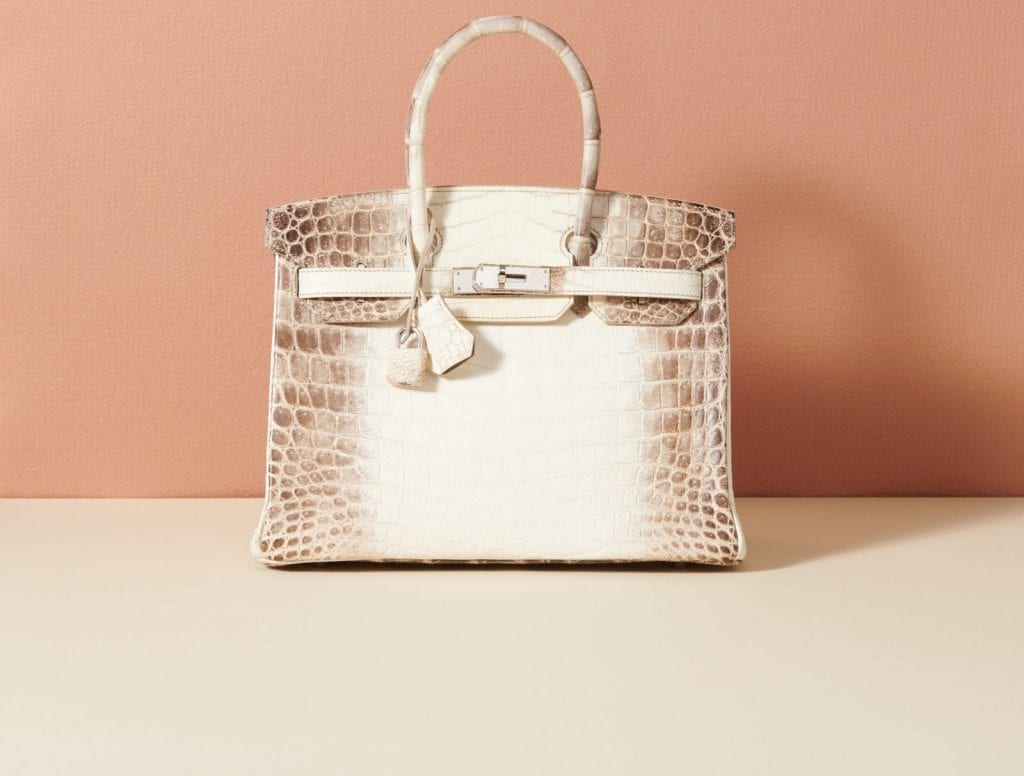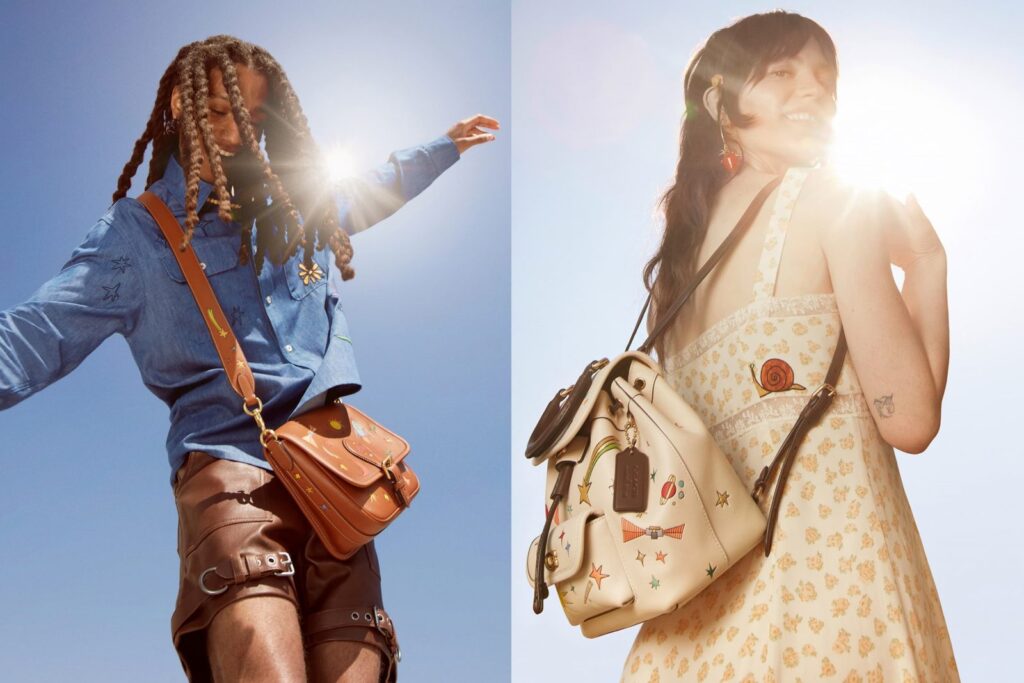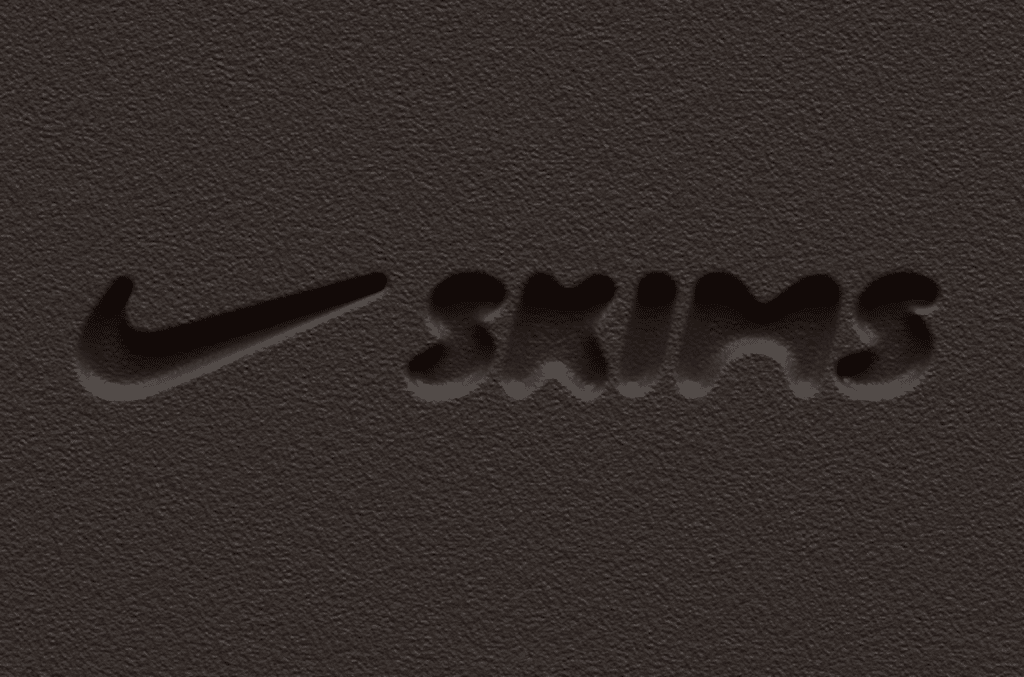On December 9, 2019, a New York-based company called RSE Archives, LLC filed an offering statement with the Securities and Exchange Commission. With the help of Regulation A+, an exemption from traditional Securities Act registrations that allows privately-held companies to raise money from the public by way of offerings of up to $50 million, RSE was able to qualify to sell shares in an asset in furtherance of what could be likened to a mini IPO. Given the lessened reporting requirements and the lower fees that Reg. A+ entails, these types of transactions are becoming routine ones for the SEC, with dozens filed each year. RSE’s filing was a bit different.
The operators of three-year old RSE – which does business as Rally Road – were not seeking qualification from the SEC, the government agency tasked with regulating the securities industry in the U.S., in order to offer shares to the general public (as opposed to just accredited investors) in the burgeoning young company, itself. No, they were looking to enable investors to buy shares in a tangible asset. The tangible asset up for offer? A purse … but not just any purse.
This specific purse at play was a rare Hermès Bordeaux Porosus Crocodile Birkin. With its glossy, blood-hued crocodile body, shiny golden hardware, and retail value of $52,000, this bag is virtually impossible for all but a relatively small selection of consumers to get their hands on. Rally wanted to change that.
The breakdown of Rally’s offering, which would ultimately go live on Valentine’s Day, went a little something like this: for $26.25 per share Rally Road members could buy into the bag in the same way that shareholders buy into a publicly-traded company. There is no required minimum amount of shares that a Rally member has to buy, nor are there any fees to invest. And invest is precisely what people did.
The 2,000 shares that Rally Road offered in the Bordeaux Porosus Crocodile Birkin in mid-February were acquired by a total of 270 investors in barely more than 5 minutes (7 to be exact). The median investment was $175.00, and the average investor bought 6.67 shares, with many existing Rally members using this offering as a chance to diversify their current Rally-specific holdings of stakes in cars and rare baseball cards by adding stakes in the bag to their portfolios.
Not only is Rally the first company to look to Reg. A+ to sell shares in a Birkin bag; it is arguably the first company to provide an actual basis for testing the enduring speculation that the wildly coveted Birkin bag just might fare more favorably over time than some of the more traditional classes of assets. By offering shares in the bags, Rally – and its co-founders Chris Bruno, who came from the world of venture capital, and Rob Petrozzo, whose background is in product design – is setting the stage to see just how valuable an investment these bags really are from a securities perspective.
The notion that Birkin bags are an investment that is just as attractive as – or possibly, even more attractive than – conventional financial vehicles is not exactly a novel one. In fact, the Rally offering comes four years after Baghunter, an online retailer for luxury handbags, garnered headlines when it made a striking proclamation: Hermès Birkin handbags are a better investment – on an annualized basis – than gold and the stocks in the S&P 500 index.
Citing data collected between 1980 and 2015, Baghunter revealed that while the stock market and the value of gold can swing up and down, that is not the case with Birkins. Instead of falling victim of market fluctuations, it found that the pricey handbags increased in value over that 35-year period by an annual average of 14.2 percent for a total of a 500 percent increase. In other words, these $10,000-plus handbags do not have bad years, making them the “safest and least volatile investment asset of the three,” the handbag resale company declared.
The Beverly Hills-based handbag reseller’s assertion spoke to a rare but interesting trend in the luxury goods market: one in which a product does not depreciate over time, thereby, putting Hermès in a small grouping of companies “whose goods are more expensive to buy used than new,” as the Wall Street Journal’s Carol Ryan put it recently.
More than merely situating the Birkin bag – and its sister bag, the Kelly – among a handful of the market’s most highly coveted luxury goods, alongside the offerings of privately owned watchmakers Rolex and Patek Philippe, for instance, the appreciative-powers of these ultimate “it” bags puts them in a larger class of burgeoning alternative investments, a category of assets that are proving to be increasingly compelling to investors and entrepreneurs, alike.
The notion of alternative investments is nothing new; any real estate buyer or Bitcoin enthusiast will tell you that. But with consistent, dramatic declines in the market, particularly as of late, whether it be the result of prolonged protests in Hong Kong, or more recently and significantly, the spread of the COVID-19 virus, the latter of which has seen the Dow Jones and S&P 500 post their sharpest daily declines since 2018, investor appetite for alternative investments is on the rise.
According to research from alternative investment data provider Preqin, the alternative investment industry is expected to grow by 59 percent by 2023, reaching $14 trillion in assets, with institutional investors, as well as high-net-worth individuals and ultra-high-net-worth individuals, looking to “safe-haven alternatives where they can be almost certain that a financial or equity market correction will not dent their returns,” per Seeking Alpha.
A catch-all term for assets that do not fall under the umbrella of typical classes of financial assets, such as stocks, bonds and cash, alternative investments come in the form of cryptocurrencies like Bitcoin, peer-to-peer lending, real estate, and equity crowding, just to name a few. And as investors look to hedge their bets in increasingly diversified ways, a new category of investments has been finding momentum – and this is where Birkin bags and certain luxury watches, for example, come in.
“In the event of an economic downturn, fine watches may turn out to represent a safe-haven asset, like metals or gems, for investors looking to diversify their portfolios,” the New York Times’ Alex Williams wrote in March 2019, noting that “prices for sought-after classics from brands like Rolex, Omega and Patek Philippe are shooting up, [and] in some cases, they have doubled in just a couple of years.”

Meanwhile, Birkin bags may not come with the million dollar resale price tags that some watches do, but their prices are, nonetheless, on the rise (at least for now; there is, after all, a chance that the robust secondary market for Birkin and Kelly bags will catch up to Hermès and the carefully calculated equation of supply and demand that has enabled these bags to command eye-popping prices for decades). According to Ryan, “For most luxury labels, a used handbag sells at a 35 percent discount to store prices,” citing UBS research. “Not so for Hermès: shoppers can expect to pay a 50 percent to 100 percent premium to store prices for unusual colors.”
BagHunter maintains that Hermès Birkin and Kelly bags “in good to very good condition can fetch up to or more than 80 percent of what the previous owner invested, a bag in excellent condition up to or more than 100 percent of what the previous owner invested, and a bag in pristine condition up to or more than 120 percent of the previous owner invested.” And at the very least, Rebag founder and CEO, Charles Gorra says Hermès’ two most iconic styles retain between 80 and 90 percent of their retail price, making it clear why these bags are touted as an investment in the same vein as coveted Rolex models.
It is against this background that the idea of banking on luxury goods as an alternative to – or maybe more likely, a fun supplement to – more traditional investments is evolving. A slew of young companies are putting a new spin on the notion, and offering up a chance for investors to buy into otherwise largely inaccessible goods – and benefit from their ability to increase in value – without having to shell out for the whole thing or to engage in the efforts necessary to ensure that the asset’s value does grow. For a piece of art or a Birkin, that may mean insuring the painting or the bag, properly storing it, etc.
New York-based Masterworks, which was founded by entrepreneur Scott Lynn in 2017, prides itself for enabling “anyone to purchase and trade shares in iconic artworks, by artists like Monet, Warhol, and Picasso.” The first-mover in the fine art space, Masterworks buys multimillion dollar “blue-chip” paintings, “files them with the SEC,” and enables consumers to purchase shares in each individual piece of artwork “for as little as $20 a share,” making some of the world’s most sought-after art “accessible to investors and to a wider range of art lovers [than before],” according to Yahoo Finance.
Rally is another one of these new market entrants. In furtherance of its own quest to “democratize” alternative investments, the company – which raised $7 million in a series A round led by Upfront Venture in 2018 – acquires high-value, tangible assets that have “a history of strong returns.” It registers the assets with the SEC, and then splits them into shares, ultimately enabling individuals to acquire equity in the individual goods, and trade them on Rally’s peer-to-peer marketplace.
In the meantime, while Rally says that it “intends to hold on to its assets for the long term,” they are made available for sale, and subject to shareholder approval, can be sold off, at which point the existing shareholders get their payday “similar to a company acquisition.” To date, Rally’s VP of Operations Fitz Tepper says the company has sold three of its assets – a 2000 Ford Mustang Cobra R, a 2006 Ferrari F430 (6-Speed), and Mohammad Ali’s 1971 “Fight of the Century” signed contract – all for quite a bit more than it acquired them.
Starting with cars and expanding its assets to include rare books, watches, and sports memorabilia, Rally recently set its sights on Birkin bags, assets that are not all that different, per Tepper, than the ones that the company first started with. “Rarity, collectible desirability, cultural relevance over a long period of time with a strong attachment to popular culture, etc., these traits generally span across all assets on the platform, and Birkin bags meet all of these criteria.”
Importantly, Birkin bags “have a strong history of appreciation,” he says, noting that these top-of-the-totem-pole bags are “an asset class that our users had been asking for. So, [adding them] was a no-brainer.”
Jeffrey Berk, co-founder of Prive Porter, the Hermés reseller that is supplying the bags to Rally, confirms that “the collectable handbag category has, in fact, been appreciating in value, and growing like crazy,” making these bags a reasonable inclusion in the category of alternative investments, alongside the likes of certain cars or watches, whose prices have proven relatively unimpaired even in times of market volatility.
In terms of the market for five and six-figure timepieces, Williams previously stated that even with decades of steady gains in mind, it is unclear how well the established demand would “hold up” “if [there is a] credit implosion in China,” for instance, or “a splintering of the eurozone that produces a sequel to the 2008 financial crisis.” These concerns would similarly prove relevant for rare bags. While Birkins boast a level of “desirability and rarity [that has enabled them] to historically stand the test of time in terms of appreciation and value retention,” according to Tepper, there is no telling what could happen to demand even for the world’s most enduring “it” bag in the worst of times.
It is still early days, but if the current state of the COVID-19 outbreak – which is seeing mass luxury groups like Louis Vuitton’s parent LVMH Moët Hennessy Louis Vuitton and Gucci’s owner scramble to address large-scale shifts in consumption patterns that favor essential goods to the detriment of high fashion ones – is any indication, some camps of consumers are still shopping, and appeal of certain coveted products remains.
According to Berk, Birkin sales for the digitally-native Prive Porter are not faltering amidst the global health pandemic. In fact, the number of new customers that Prive Porter has seen in March, alone, is up. “Our customers are super-affluent and are largely immune to the financial impact of this Black Swan moment, for right now anyway,” he says. Nonetheless, “They are emotionally impacted and admit they are looking for ways to continue to park money, while also indulging their handbag-collecting hobby.”
Buying Birkin bags outright is one way of doing that. Buying into Birkin bags is another.
As for Rally, the company appears to only be getting started when it comes to handbags. While its Soho, New York showroom is closed for the time being, its digital marketplace is up and running, and the the company is in the process of readying its next bag for investment – and it is a big one: a Himalaya Birkin with an eye-watering $140,000 valuation. 2,000 shares in the 30cm Niloticus Crocodile bag with Palladium hardware will be priced at $70 each, and will be available in the coming weeks, a timely offering that will certainly test the viability of this budding new investment economy.











